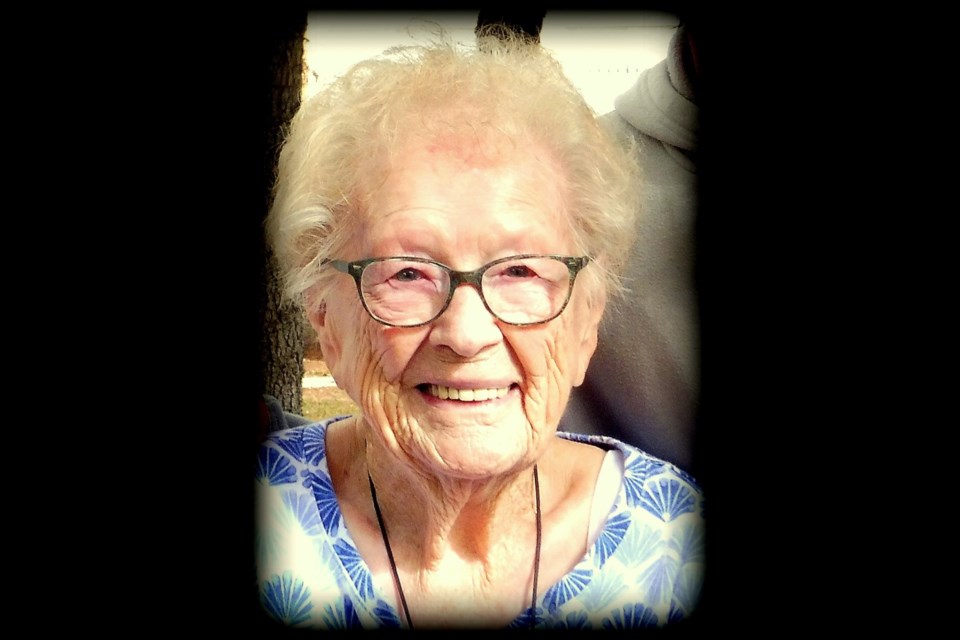There aren’t many veterans around anymore to tell the story of what went on during World War II, but one of them lives here in North Battleford.
Her name is Pat Hargrave, who will be 98 next February. She is a British veteran of the Second World War who served as a height and range finder for the Heavy Anti-Aircraft unit in Wales, where she is from originally.
It was Pat’s daughter, Anne, who came up with the idea for this story — but she also admitted Pat was reluctant about being the centre of attention. Anne wanted to do a story honouring “war brides,” of which her mom was one.
Pat had met her future husband, Frank Hargrave, in Weybridge, England just prior to her entering the armed services. Frank was in the Canadian Army & served in the signal corps, and was stationed in England at the time.
“There were a lot of Americans and Canadians stationed along south England,” Pat said.
They eventually married, and after the war moved to Canada, coming over on the Queen Mary and ultimately landing in Toronto.
Soon after, they moved to North Battleford, where Frank was a contractor and a local auctioneer for years. He died about 35 years ago.
Pat’s role during the war as a height and range finder was a vital one to track the movements of planes. That meant working with the radar that picked up signals from France to pick up the enemy movements. Hargrave was situated in a basement with a large map of the English Channel and North France.
“As soon as the radar picked it up, it hit my machine, giving the height of the planes that were coming over and the range, which way they were coming,” she said. The officers would mark off the direction the planes were coming on the map, and determine where the German planes might be coming in to bomb.
“They weren’t going to bomb a little village. They were out to bomb the big cities and the industrial areas,” Pat said.
Pat was conscripted into the Army at the age of 18, a similar age to the other conscripts who found themselves trained for and thrown into important roles in the war effort.
“We were hardly old enough to lace our shoes up,” Pat said. “And to know all the intricacies of the things that were happening.”
She is particularly interested in knowing whether there are any other World War II veterans of her age still out there who are able to share their experiences.
What Pat remembers most about the experience is the comraderie with the others who were stationed there involved in the war effort. She kept in touch with those friends with visits back to the U.K. after the war.
“A lot of friendships made, and stayed with us,” she said.



